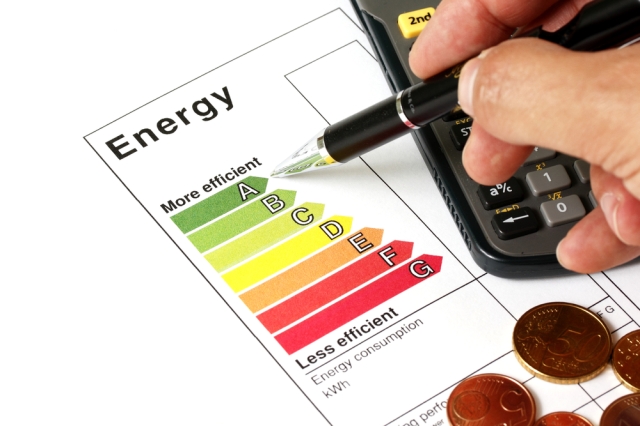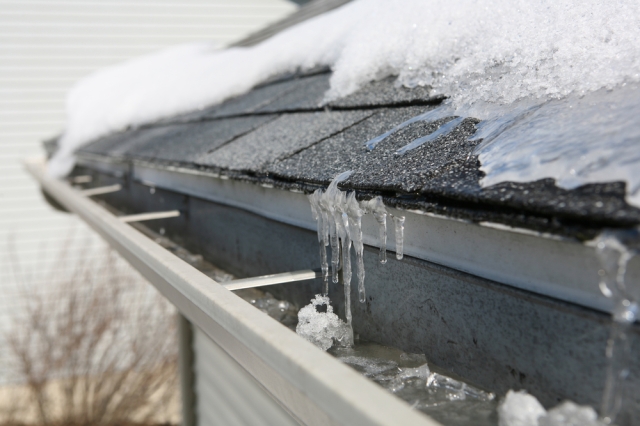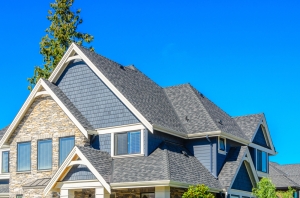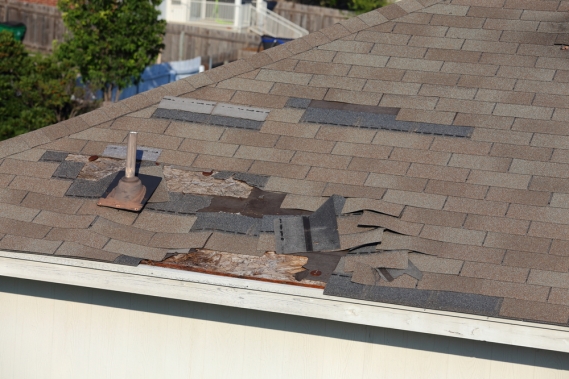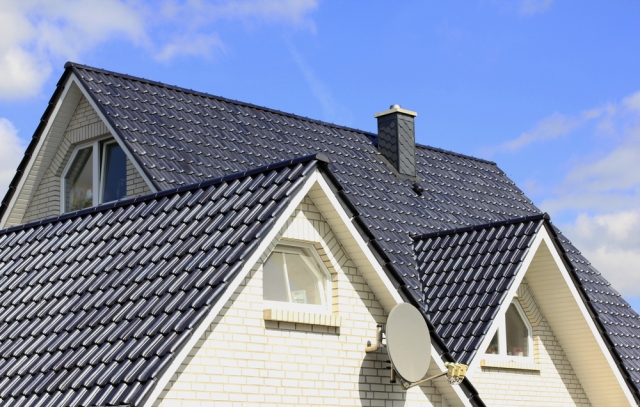
For every homeowner, there comes a time when you need to buy a new roof. A roof is a big investment, and in order for the investment to pay off, there are several important factors to consider. TAMKO Building Products, Inc. recommends keeping the following considerations in mind when buying a new roof.
Consideration #1: Quality
Like a house’s foundation, the roof is integral to the structural integrity of the home. The roof is the first line of defense against the elements, including wind, heat, rain, and snow. A low-quality roof won’t provide adequate protection or effectively stand up against the climate of your region. It’s important to buy roofing materials from a reputable manufacturer like TAMKO Building Products, Inc. Homeowners should work with a reliable roofing contractor to help avoid potential claims, complaints or disputes TAMKO literature states the choice of a contractor is an important decision.
Consideration #2: Energy-Efficiency
Energy-efficiency and quality go hand in hand. Better roofing materials are typically more energy-efficient. An inefficient roof loses cool air in the summer and hot air in the winter, resulting in higher energy bills. Buying an energy-efficient roof can save you money in the long run.
Consideration #3: Beauty
While your roof is a functional feature of your home, it can also be used to enhance your house’s appearance. A beautiful roof will add curb appeal to your home and increase the property value, which will benefit you when you go to sell your house. Choose a shingle color that complements your home’s design and enhances its beauty.
These are three considerations to keep in mind when buying a new roof. By considering these factors, you can get the most of your investment.

